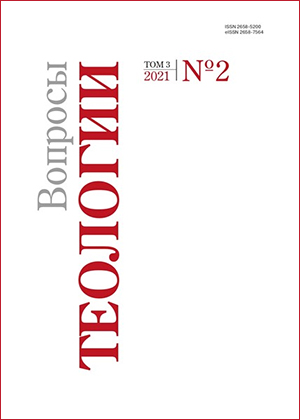Program aniconism in theology of Devarim (Deuteronomy)
DOI:
https://doi.org/10.21638/spbu28.2021.202Abstract
The article explores the formation of the aniconic position in ancient Judaism. A reference to biblical texts shows that the aniconic doctrine, which put forward the demand for a cult without an image was formulated and theologically substantiated in the book of Devarim. Here, the prohibition on creating images follows YHWH’s statement of formlessness and is seen as its logical consequence. The invisible God cannot be adequately embodied in a visual material image and does not need it, because he has a different way of interacting with his people. Deities of other nations manifest themselves in temple statues, providing their worshipers the opportunity to approach them through a cult, but the God of the Jews, in accordance with the Devarim doctrine, chose a different way of communicating with people. He does not need statues, he remains with the people mainly not because of the correctness of the ritual, but because of the carefully executed law (only a small part of which is the ritual). In fact, in Devarim the scheme is reversed compared to the usual view of things at that time. The creation of images and worship of them does not bring the deity closer to people, but on the contrary threatens him with a distance. Comparison with the statements regarding the images in the book of Shemot (Exodus) suggests the following: a consistent aniconic program corresponding to clearly articulated monotheism and a specific cult paradigm was first announced in Devarim, and began to be established in the Jewish environment, probably not earlier than the end of VII c. BC.The religion of the ancient Jews was not static, strict aniconism was not inherent in Judaism initially, but it took shape and developed over many centuries.
Keywords:
Judaism, aniconism, monotheism, Jewish art, Judaism and art, art and religion, prohibition of images, second commandment, Deuteronomy, Jewish cult.
Downloads
References
References
Downloads
Published
Issue
Section
License
Articles of "Issues of Theology" are open access distributed under the terms of the License Agreement with Saint Petersburg State University, which permits to the authors unrestricted distribution and self-archiving free of charge.




